
Courtesy the artist + Neumeister Bar-Am, Berlin.
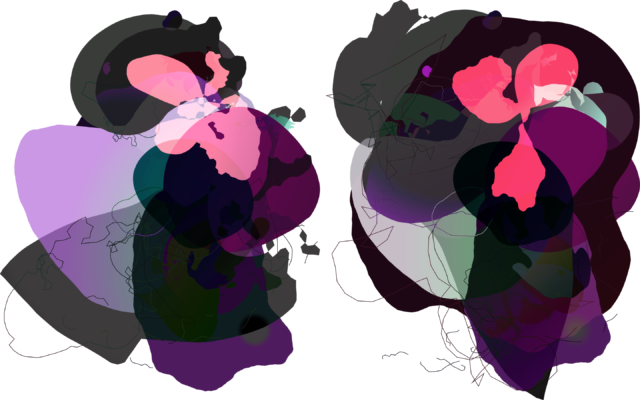



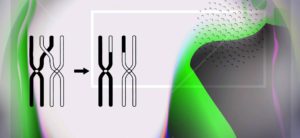
Harm van den Dorpel is presenting Death Imitates Language at Berlin’s Neumeister Bar-Am, along with Shana Moulton‘s Der Würfel installation, opening November 26 and running to February 4.
The second by the Berlin-based artist in the gallery, the show is part of an ongoing collaborative project of the same name, between van den Dorpel and self-designed artificial intelligence. Extracting and collating recurring aesthetic elements of the 20th century European collage works that have inspired and informed him, the artist has devised a ‘genetic algorithm’ to generate two-dimensional collages of his own. The approach is described as being that of artificial ‘breeding’ and the five unique works selected from this growing population — that you can see at death.imitates.org — will be on display along with an overview of the entire process.
Meanwhile, occupying the Der Würfel eighty-centimetre cubed project space, Moulton’s Only you can build the bridge on which you, and only you, must cross the river of your life presents her focus on the “interplay between consumerism, commercialized New Age philosophies and fragmented reminiscences of other artistic styles, such as Land Art” with ongoing video series Whispering Pines (2002 – ).
See the Neumeister Bar-Am website for details.**

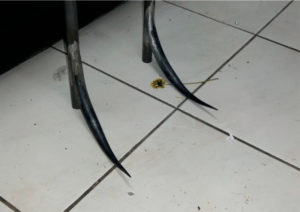
Vienna-based artist-run space MAUVE is presenting a group exhibition at Los Angeles’ Club Pro LA, opening October 21 and running to November 13.
Featuring artists Harm van den Dorpel, Maria Cozma, Daniel Ferstl, Titania Seidl, Lukas Thaler, Rita Vitorelli and Eugen Wist, the show brings works curated by the Austrian gallery, exploring “experimental ways of curating, thereby connecting the artistic scene in Vienna to the rest of the world” since its inauguration in 2012.
According to the press release, the space collaborates closely with the artists it works with, in an effort to bringing production, discourse and curation more closely together, particularly in relation to the MAUVE gallery founders’ own practices, which includes that of Ferstl, Seidl and Thaler, also presenting work in the show.
The exhibition will include a publication with commissioned texts by Paul Becker, Birke Gorm and Nicholas Hoffman.
See the FB event page for details.**


Adriana Ramić and Harm van den Dorpel team up for a joint exhibition titled The vertebral Silence, running at London’s LD50 from December 10 to January 28, 2016.
The show by New York-based Ramić and Berlin-based Dorpel (with whom we have published an interview here) comes without a press release or extensive details about its themes or material nature.
It’s the accompanying web page, however, at van den Dorpel’s delinear.info, that gives a hint as to what to expect: each page brings a seemingly random composition of text (“Sacred number of Eris, Goddess of Discord (along with 17 and 5).”) and image.
See the exhibition website for (limited) details. **


Harm van den Dorpel‘s IOU solo exhibition is showing at London’s Narrative Projects, opening November 10 and running to December 19.
The Netherlands-born and Berlin-based artist’s show includes a press release that carries on a rather personal though politically relevant rundown of a history of free information becoming increasingly monetised and therefore restricted, from Trent Reznor’s obscure Ghosts series, released on Creative Commons, to Google’s cessation of RSS protocol, along with its step towards a “structured (semantic) web”.
The works on show at IOU will consist of large sheets of thermosensitive paper, applying the same principal of thermal paper receipts that use heat instead of ink for a printing method that will slowly disappear in what the press release calls, “a ghostly transaction timestamped in the supposedly perpetual blockchain, our only hope”.
See the Facebook event page for details. **
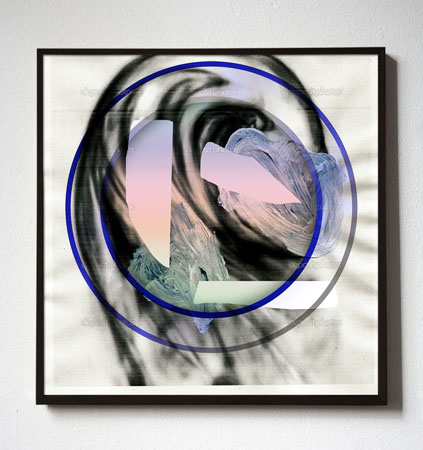
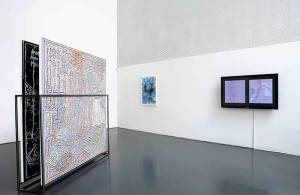
Inflected Objects, initiated by the Istituto Svizzero and curated by Melanie Bühler and Valerio Mannucci, launches its new website today, June 8.
Bühler, who was the driving force behind the insanely popular and now formally wrapped Lunch Bytes, joins Mannucci and the Italian foundation to launch a new project called Inflected Objects, comprised of online commissions and texts, as well as a series of exhibitions, the first of which was the inaugural Inflected Objects #1: Abstraction — Rising Automated Reasoning featuring Harm van den Dorpel and Katharina Fengler, along with four other artists.
This inaugural exhibition, which wraps up on June 13, comes as the first in a series of five dedicated to the “crumbling concept of the digital” and its effects on the production of art. In the press release, the project quotes architect and writer Keller Easterling and her notion that in the modern work, the digital has “escaped the box” and blended into the deep structures of society.
See the project website for details. **

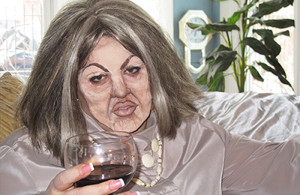
NEWD Art Show is back for another round, taking over Brooklyn’s The 1896 this weekend.
The art show brings together a stacked list of local curatorial voices—including artist-run galleries, collectives, project spaces, and nonprofits—and some experimental programming, including talks focusing on modern economics of the art world.
This year’s exhibitors include, amongst others, a handful of galleries from Brooklyn, like American Medium, Signal, and Sardine, as well as about 50 international artists, including Ann Hirsch, Jaimie Warren, Harm van den Dorpel, Hannah Lees, and Brian Khek.
See the NEWD website for details. **

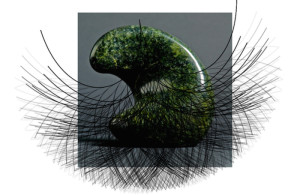
Artist Harm van den Dorpel is opening another solo show called Loomer, this time at West Hollywood’s Young Projects, running from January 23 and for “a month at least”, according to the artist.
The press release reads like a confession: “When writing texts for my own exhibitions, I used to pretend and write them in the third person: ‘the artist’, ‘Van den Dorpel’, ‘he’. An outsider perspective suggests neutrality, and protects me from explaining my own work.” He – this time it really isn’t him writing it – writes about his education (studied AI, graduated art school), his insecurity (“I still hesitate to call myself an artist…I prefer to say I’m a computer programmer”), his views on ‘post-internet’ (“I never minded the label, but know it is not sustainable”).
Nearing the end, his text veers into the poetic: “I’m leaning over, approaching too close, breathing over the edge of my own screen. Small drops of spit land on it. There is still a potentiality in the ‘new’, regardless how quickly it condensates into a ‘known’, which then slips through my fingers again.”
Meanwhile, the last few lines provide concrete information about the nature of the show, namely that it is “an array of formerly unmaterialized poster collages, presented in space with sculptures and animations, many of which span the past five years”.
See the Young Projects exhibition page for details. **

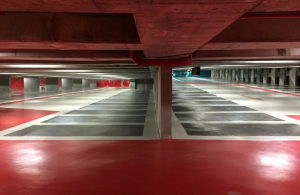
The Moving Museum is launching is 2014 Istanbul massive group exhibition at the Sishane Otopark on October 28.
Taking over three floors of the complex and spread over five central halls, a metro level mezzanine and a public outdoor park, the exhibition encompasses over 80,000 square feet of Istanbul’s newly constructed Sishane Otopark, an import urban planning project and rare example of the city embracing the use of public space.
The exhibition will embed itself “within the fabric of the city and public circulation” and will include close to 50 different artists and collectives presenting the fruits of their three-month residencies, which brought together 35 international artists and 11 local Istanbul-based ones for a period of “intensive research, production, and public engagement”. Some of the names featured include, among others, Hito Steyerl, Ilja Karilampi, Jon Rafman, Amalia Ulman, Hannah Perry, and Harm van den Dorpel.
See The Moving Museum’s website for details. **
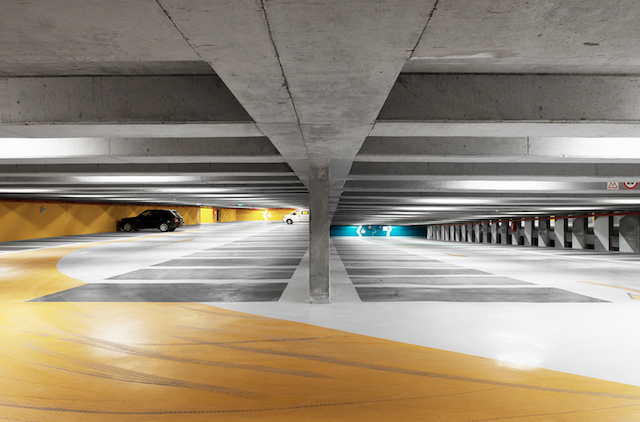
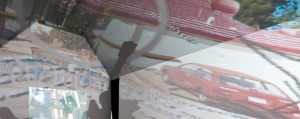
For a minute I’m confused. Looking through the images for Warsaw’s Private Settings, Art after the Internet group survey, curated by Natalia Sielewicz, it’s a disorienting trip through a recent and familiar past for any fan of this kind of contemporary art. It features everything from the droll and deeply troubling leftist philosopher-as-popular-icon-and-fashionable-brand video commission and “sportswear range” ‘Thinkspiration’ (2014) by DIS, to Cuss Group‘s more aspirational attempt at redefining post-Apartheid South Africa into a “rainbow nation” in their ‘Live Distillation’ (2013) video and digital print installation. To try to attempt to explain what this kind of art is, where any attempt at a broadstroke compartmentalisation of a creative cluster of artists dispersed along an incongrously digitised world would forever fall short, is impossible. So let it be a generation born at the genesis of the internet and raised in the squall of its exponentially expanding reach; their immediate environment, politics, identity playing a central role in shaping a collective output fed by and filtered through the network.

Pooling together the work of 27 international artists and collectives born in the 80s and 90s, the exhibition – running in Poland’s Museum of Modern Art in Warsaw (MOMAW) and naturally spilling out onto the web as well as a live events programme – supports a deftly constructed insight into some of the most dynamic and influential practitioners working today. Whether its Korakrit Arunanondchai‘s ‘2556’ (2013) – “painting with history in a room filled with men with funny names” – video or Loretta Fahrenholz‘s dystopian Ditch Plains (2013) film – made in collaboration with members of Ringmasters dance crew and Hurricane Sandy – theirs is an experience that is shared in all its difference.
With a capacity for self-mediating at unprecented velocity, images, ideas and popular cultural tropes are consumed and regurgitated in infinite mutations, while remaining static in a state of endless motion. Jesse Darling‘s materialisation of software’s influence as owner and objectifier in Photoshop 1 (Healing Brush, Clone Stamp, Paint Bucket) (2013) confuses the point where the body ends and the image begins, while Harm van den Dorpel‘s ‘Untitled assemblage (selfie)’ (2013) mimics the cyclical nature of identity creation and curation within its sphere of digital prints on perspex while still dangling within, and being dwarfed by the concrete structures surrounding it.
These works, which also include those of Ryan Trecartin, Jennifer Chan, Metahaven and more, are collated, curated and recalibrated into the Private Settings website, where images and information are dispersed across artists pages, then themes: ‘Body in the Web’, ‘Affect and Presence’, ‘Corporate Aesthetics’, ‘Surveillance and Biopolitics’ and ‘Copies in Motion’. Less an index of art and more a web of associations, the exhibition becomes an experiment in form over content; contemporary culture as shaped by “today’s imperative for creative participation in public life”.
Hence, Yuri Pattison‘s gentle wordplay in the temporary “bespoke rogue scraper site” Familiarity Breeds Contentment – where a bot curates content based on the Private Settings themes, museum, artists, curator, from a server set in the exhibition space and hosted offsite – while Czosnek Studio‘s open call for video and image self-portraits in United People of the Internet declares, “the internet is you and me.” **
Exhibition photos, top right.
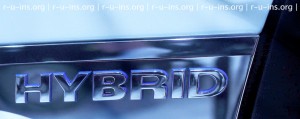
The lede of the press release for UCCA’s upcoming Art Post-Internet exhibition in Beijing promises to offer “a critical examination of an inter-generational group of European and American artists for whom ubiquitous digital transmission is the norm.” And sure enough, the line-up of artists and collectives featured in Art Post-Internet flits across the Western art landscape, highlighting the works of many art world forces, including the likes of Marisa Olson and Bernadette Corporation among the other 40+ featured artists.
And while the bill is impeccable, the conceptual cohesion of the exhibition appears ambitious at best, and dubious at worst. The apparent ambiguity of the term ‘post-internet’ presents the first point of contention, with various interpretations floating about the virtual and physical world and shifting rapidly, already threatened to extinction by the hyper-acceleration of the very culture it proposes to represent. Understood to mean not a culture past, beyond, or after the internet, the term “post-internet” – as Olson proposed in 2008 –instead references one so deeply embedded in and propelled by the internet that the notion of a world or culture without or outside it becomes increasingly unimaginable, impossible.

All this begs the question: if we are to understand post-internet art simply to mean art created within the modern milieu, in which we inevitably live our lives on the internet, then what meaning or constructive quality can the term ‘post-internet’ bring to the table? The spectrum of art works represented in Art Post-Internet seems to answer this question without distinctly asking it, as the monolithic exhibition yokes together works as diverse as the idiosyncratic, lo-res videos of Petra Cortright, the installations of Aleksandra Domanović as provoked by the ‘Turbo Sculptures’ of former Yugoslavia, the simulacrum-like paintings of Juliette Bonneviot, and the stock-image inspired explorations of Timur Si-Qin all under the same umbrella.
One of the most significant names to grace the exhibition is that of Munich-born author and filmmaker, Hito Steyerl, whose recent videos act as a melancholic meditation on the notion and absence of visibility and how it is transformed through technological developments. In 2012’s ‘Zero Probability’ with Rabih Mroué, Steyerl explores the impossible, a person disappearing into thin air, and posits it within digital culture, asking: “How do people disappear in an age of total over-visibility?… Are people hidden by too many images? Do they go hide amongst other images? Do they become images?”
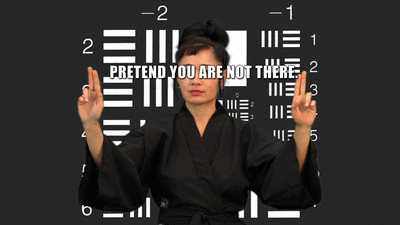
Another influential contributor to Art Post-Internet is Kari Altmann, whose use of the language and structures of consumption further conflates the notion of virtual vs. real. Tackling the emotive aspects of internet life –whether in her exploration of its “emergent spirituality” or in her dealings with the notion of affective labor –Altmann’s work cuts to the heart of the matter: how does the internet change how and what we feel? The fact that the majority of her work exists only virtually, converted –or as Altmann says “exported” –into physical form purely for the purpose of exhibitions hints to the changing landscape of the art world. As Altmann says, “[e]verything is live.”
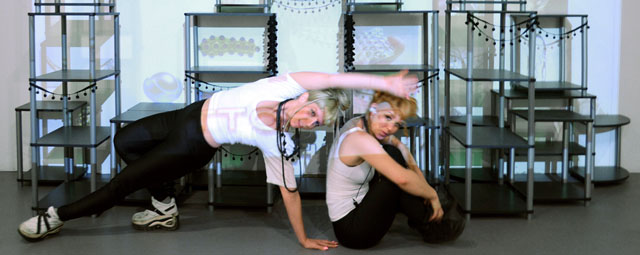
The unruly and frantic videos of Kari Altmann seem worlds away from the melancholy ambience of Bunny Rogers’ work, whose innate poeticism travels seamlessly through various mediums –from musings on childhood, nostalgia and exploitation in her YouTube-assisted installation ‘If I Die Young’, to the shivering still-life installation of ‘O Columbine (Wo ist mein bruder)’.
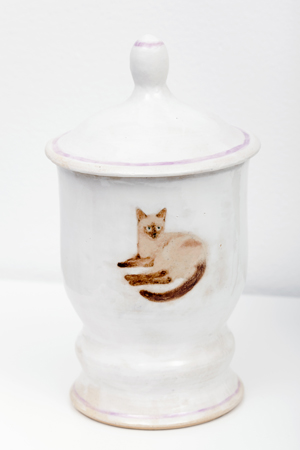
It’s not until one hits upon the work of another integral contributor to the exhibition that the lofty classification of Art Post-Internet starts to congeal and find form. Harm van den Dorpel flits between mediums with his pieces, jumping from more classical physical media such as sculpture and collage to his necessarily virtual websites and online animation. But it is the trajectory of his ‘Dissociations’ that outlines the umbrella under which the works of Art Post-Internet fall: the notion that it is not the style nor the content of the works at play here, nor even their chosen medium or mediums, but rather the interconnectivity between ideas and forms, the very practice of creativity and the process by which it is realised.

When UCCA stresses the ‘inter-generationality’ of its artists, it is a helpful hint to the nature of the exhibition itself, peppered with ‘post-internet’ artists building their respective oeuvres standing on the shoulders of Net art influencers like Vuk Ćosić, Alexei Shulgin and Olia Lialina. In this respect, Art Post-Internet proves from the onset its awareness of the complexity of its subject, crafting an exhibition that aims not to present it as a coherent and cohesive discipline but rather as a dynamic process of cultural evolution. **